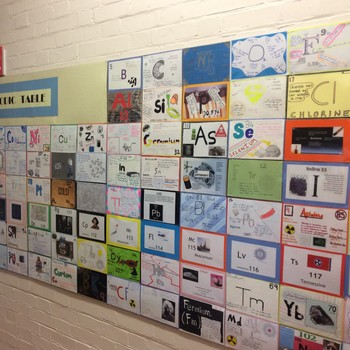What is homolytic cleavage?
1 Answer
May 14, 2018
See below
Explanation:
Homolytic cleavage occurs in a non-polar or virtually non-polar covalent bond, when there is equal splitting of the bond i.e. the shared pair of electrons in the bond end up with one of the electrons on each atom at the end of the bond.
A good example is the initiation step in free radical substitution reactions e.g. chlorination of methane. The Cl-Cl bond is homolytically cleaved by uv light and 2 chlorine radicals are formed.

